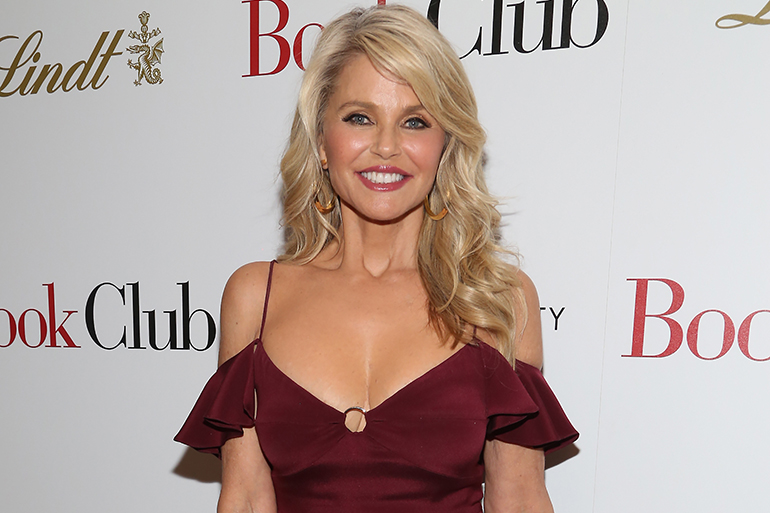Christie Brinkley Chose Diversity for 'Sports Illustrated Swimsuit Issue' Runway

After Christie Brinkley endured the Hamptons nor’easter earlier this year, she went on help Sports Illustrated change how the world defines a “model.” Brinkley, along with fellow Sports Illustrated Swimsuit Issue veterans Kate Upton and Olivia Culpo, held an open casting call to select models of all shapes and sizes to strut down the runway at Paraiso’s Miami Swim Week finale.
According to Inside Edition, the magazine has been making strides to market itself as more inclusive to women who are the not of “typical model proportions.” In 2015, Ashley Graham became the first plus sized model to be included in the Swimsuit Issue, and by 2016, she was chosen for the cover.
Now Brinkley and the other panelists have taken the magazine a step further, with the finale of the swimsuit show. The team chose to not only feature plus sized models, but also women with stretch marks, tattoos and cellulite; a Paralympian with a prosthetic limb; and a woman breastfeeding her five-month-old daughter while strutting down the runway to the sound of the audience’s explosive cheers.
The mother, Mara Martin, wore a sparkling gold bikini, while daughter Aria donned a dazzling green bikini bottom. This was done to make a statement about the negative reactions and comments that mothers receive for breastfeeding in public.
Martin crafted a touching Instagram post explaining that she can’t believe she’s seeing headlines about something she does every day and that there were several models more deserving of a feature story. She subsequently received hundreds of thoughtful comments from mothers praising and thanking her for helping to normalize breastfeeding. The full post can be seen below.
Unfortunately, there are far more articles this week discussing how amazingly beautiful Brinkley looks at 64, rather than the swimsuit show designed to challenge those very expectations of beauty. Hopefully, all of these models will remain in the spotlight, not as sexualized objects, but as powerful representations of the vast diversity found in the female sex.









